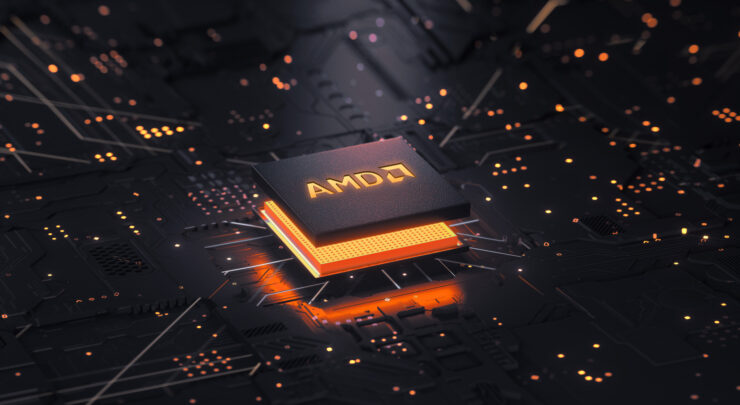
The latest AMD market share statistics from Mercury Research have been released and according to them, the red team has just secured its highest x86 CPU market share since 2013. This marks a major win for AMD in its continued journey with the Zen family of processors, reaching for newer heights with each successive generation of Ryzen and EPYC CPUs.
AMD Secures Its Highest x86 CPU Market Share Since 2013 – EPYC Server & Ryzen Desktop Helped But Ryzen Mobility Dominated
The results for the second quarter of 2020 were reported by Mercury Research (via Tomshardware) and they paint a very positive picture for AMD’s entire x86 segments. During the second quarter of 2020, AMD hit an x86 CPU market share of 18.3% which is the highest since 2013 (Q4). AMD also hit an all-time high for its mobility CPU market share thanks to the newly launched Ryzen 4000 Renoir line which has been received very positively by the tech community and consumers alike.
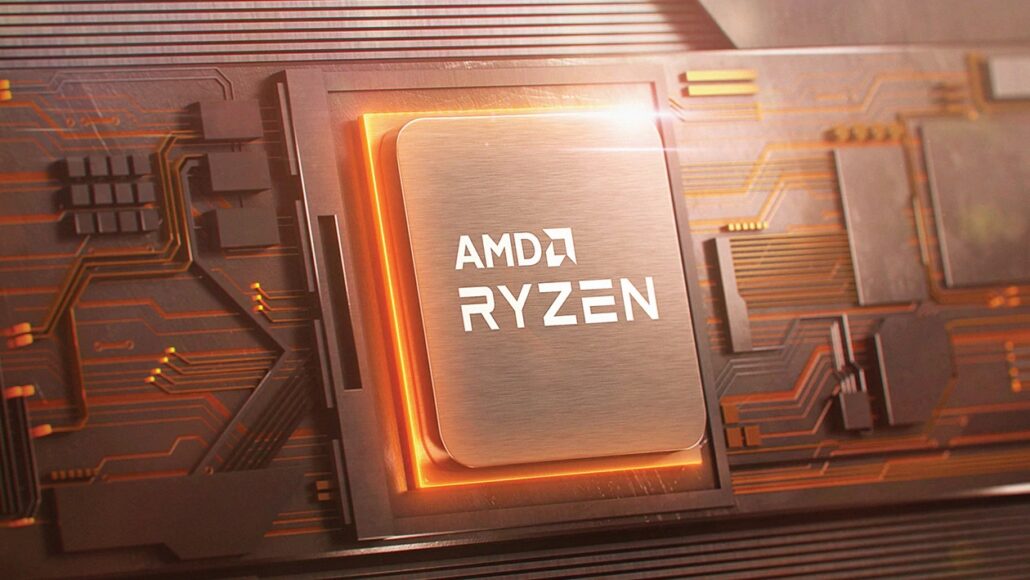
Also, one thing to keep in mind is that the numbers shared by Mercury Research may look slightly different than the ones reported by AMD themselves. For example, the numbers that AMD uses for its presentations are based on IDC’s data for the server segment which only addresses the 1P & 2P servers whereas Mercury Research covers the entire x86 segment which includes 4S, 8S, and edge servers, hence we see a bigger divide in terms of market share numbers from the two independent firms.
Mercury Research captures all x86 server class processors in their server unit estimate, regardless of device (server, network or storage), whereas the estimated 1P [single-socket] and 2P [two-socket] TAM [Total Addressable Market] provided by IDC only includes traditional servers. – AMD
It still means that AMD is capturing the server market share in those two categories (1P / 2P) versus Intel and gaining some ground in the specific segment. With that said, let’s take a closer look at the latest market share results per segment and how they fare against Intel for the first half of the year (2020).
AMD Q2 2020 x86 CPU Market Share (via Mercury Research):
| Q2 2020 | Q1 2020 | Q4 2019 | Q3 2019 | Q2 2019 | Q1 2019 | Q4 2018 | Q3 2018 | Q2 2018 | Q1 2018 | |
|---|---|---|---|---|---|---|---|---|---|---|
| AMD Desktop CPU Market Share | 19.2% | 18.6% | 18.3% | 18.0% | 17.1% | 17.1% | 15.8% | 13.0% | 12.3% | 12.2% |
| AMD Mobility CPU Market Share | 19.9% | 17.1% | 16.2% | 14.7% | 14.1% | 13.1% | 12.2% | 10.9% | 8.8% | N/A |
| AMD Server CPU Market Share | 5.8% | 5.1% | 4.5% | 4.3% | 3.4% | 2.9% | 4.2% | 1.6% | 1.4% | N/A |
| AMD Overall x86 CPU Market Share | 18.3% | 14.8% | 15.5% | 14.6% | 13.9% | N/A | 12.3% | 10.6% | N/A | N/A |
AMD Mobility CPU Market Share Q2 2020
AMD’s mobility segment saw the biggest market share jump in the second quarter of 2020. The share increased from 17.1% (Q1 2020) to 19.9% (Q2 2020). This is a +2.9% increase over previous quarter and a +5.8% increase over the previous year. As of right now, a 19.9% market share in the mobility segment is the highest ever achieved by AMD since its inception.
The main growth was primarily due to the launch of the Ryzen 4000 ‘Renoir’ family which as stated has become very popular in the tech space. The family offers stunning CPU performance with solid efficiency and battery life. The AMD Ryzen 4000 laptops also come in at a vastly cheaper price point while offering better performance per dollar compared to the competing Intel parts. AMD has a full range of Renoir laptops available from several OEM partners with more variants coming at the end of this year.
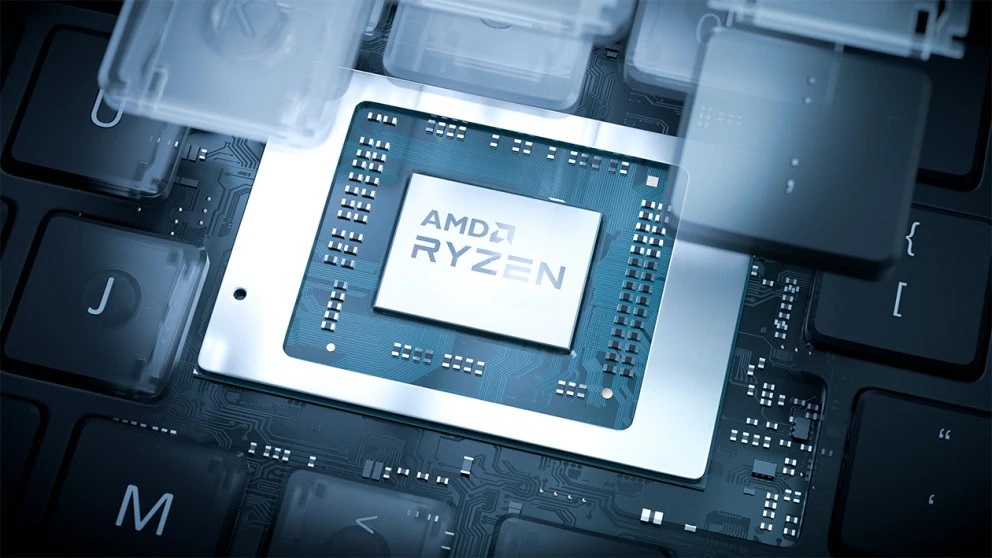
Intel also introduced its Comet Lake-H lineup during the second quarter of 2020 but it looks like AMD is leading with more sales and unit shipments. In our recent report, we mentioned that the overall AMD Renoir shipments to ODMs tripled from Q1 to Q2 with overall mobile shipments at a record level. AMD mentions that there is an unprecedented demand for Ryzen 4000 mobile CPUs so we can expect AMD’s mobile segment to continue gaining share in a stable manner throughout the rest of 2020.
The AMD Ryzen 4000 Mobility CPUs will be competing against Intel’s 10nm Tiger Lake CPUs in the coming month but we will have to wait and see whether the new family from the blue team will be available in enough quantities to break the Ryzen 4000 momentum or not.
AMD Desktop CPU Market Share Q2 2020
Next up, we have the desktop segment where AMD captured 19.2% of the market share in Q2 2020 versus 18.6% in Q1 2020. That’s a +0.6% increase over the previous quarter and a +2.1% increase from the previous year. Although it’s not as significant as AMD’s mobility segment. we have to note that the existing Ryzen 3000 CPUs have more or less put a huge dent in Intel’s desktop segment as their volumes dropped by 14% during the recent earnings and desktop revenue declined by 9%. It’s both a mix of poor 14nm supply and Ryzen 3000 ‘Matisse’ CPUs being so disruptive that have put Intel’s desktop segment in such a miserable state.
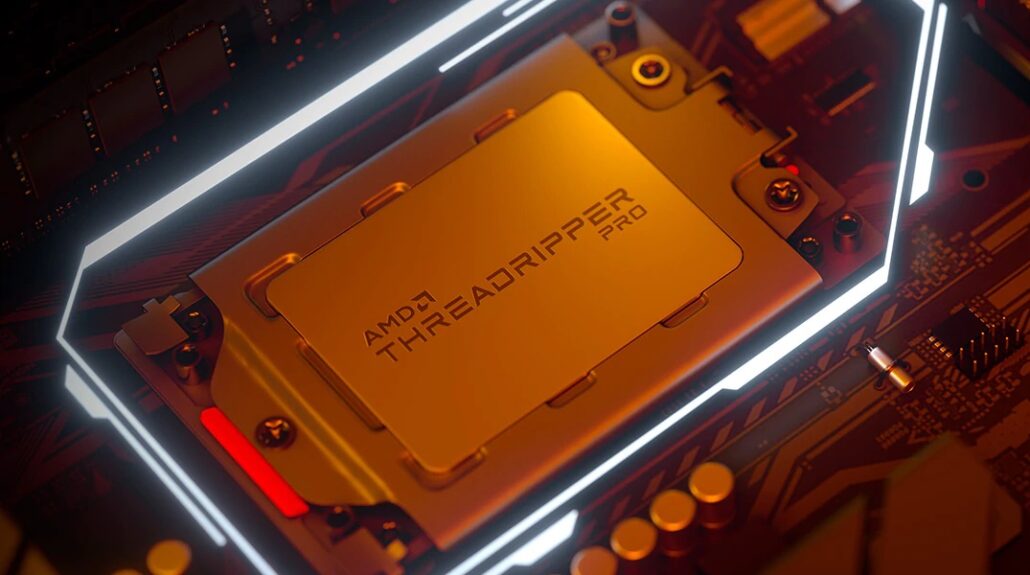
The AMD Ryzen 3000 CPU sales have also slowed down compared to a few months ago due to the fact that AMD Ryzen 4000 CPUs based on the Zen 3 architecture are on the horizon. With that said, we can see a resurgence of sales by the time COVID-19 eases down in late Q3 or early Q4 2020 as the existing Ryzen 3000 CPUs get major discounts across the full lineup prior to the arrival of the next-generation family.
AMD also entered two key OEM segments during the previous month which should provide a boost to the desktop CPU market share in Q3 2020. Both the AMD Ryzen 4000G series and Threadripper Pro series were introduced, offering a range of stunning features, capabilities, and performance levels for their targeted audiences on the consumer, business, professional, and workstation scale PCs.
AMD Server CPU Market Share Q2 2020
Lastly, we have the server market share numbers which are reported at 5.8% in Q2 2020 versus 5.1% in total of the previous quarter. This is a +0.6% gain compared to Q1 2020 and a 2.2% gain versus the previous year. Once again, these figures are specific to the entire server segment while the ones that AMD reported were derived from IDC and covered the 1P & 2P (1-socket / 2-socket) servers. Those figures were reported at 8.0% for 2019 and would be exceeding double-digits in 2020.
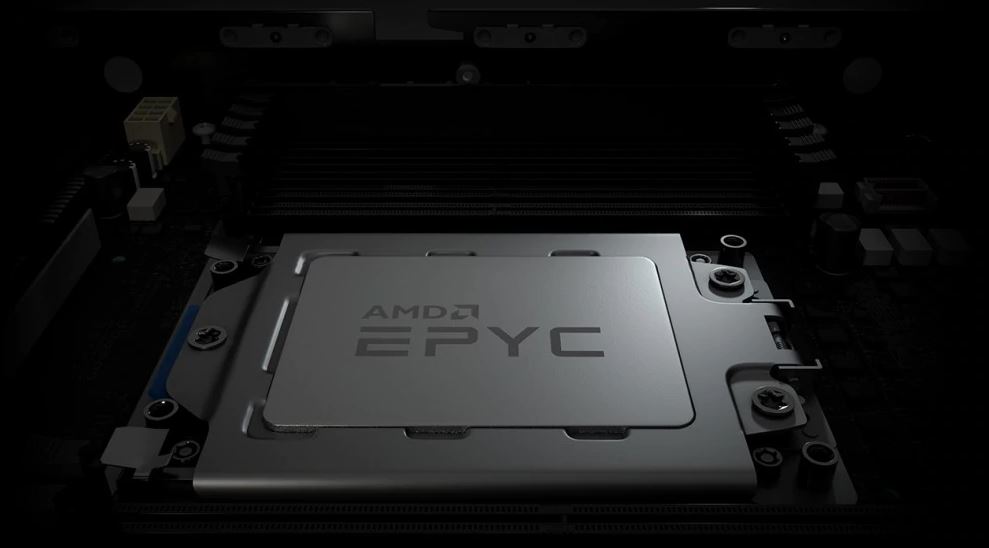
Intel still holds a mammoth share in the server segment of 94.2% and a revenue of $7.1 Billion in the previous quarter but even with a 5.8% share and revenue of $565 million, the whole lot of the tech community is highly optimistic of AMD’s EPYC platform and what the next-generation has to offer with the likes of the Zen 3 based EPYC Milan and Zen 4 based EPYC Genoa. Also to add in the fact that Intel recently announced a huge delay in its 7nm process roadmap, shifting it by at least 12 months which highlights major delay in its next-generation server offerings.
AMD’s EPYC Rome server family has already disrupted Intel’s entire 14nm portfolio and still looks highly competitive against Intel’s upcoming 10nm Ice Lake-SP family. With AMD’s EPYC Milan, the red team is going to hit new heights in performance and efficiency on the server platform while Intel will have to wait for a proper 7nm answer to AMD’s 2020 server platform till 2023.







More Stories
AMD Radeon RX 6800 XT “Big Navi” GPU Alleged 3DMark Benchmarks Leaked – Faster Than GeForce RTX 3080 at 4K, Slower In Port Royal Ray Tracing
AMD Ryzen 7 5800H 8 Core & 16 Thread Cezanne ‘Zen 3’ High-Performance CPU Shows Up, Early ES Chip With 3.2 GHz Clocks
BitFenix Announces Two New Cases, The Nova Mesh SE and the Nova Mesh SE TG